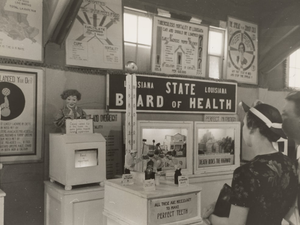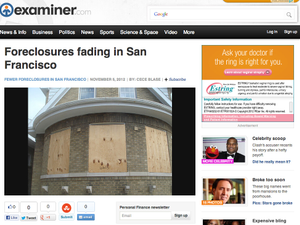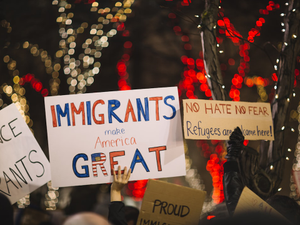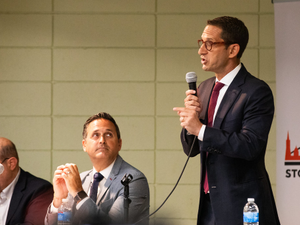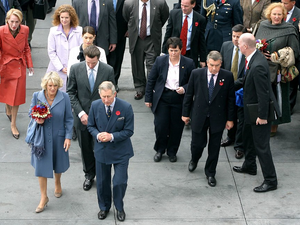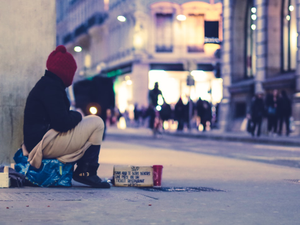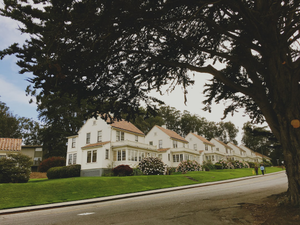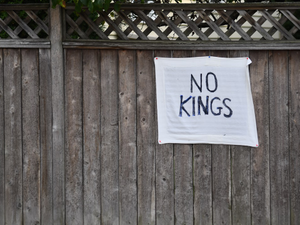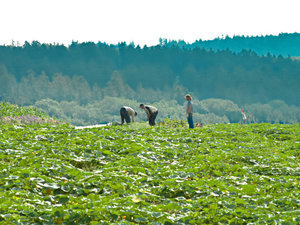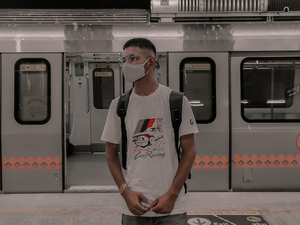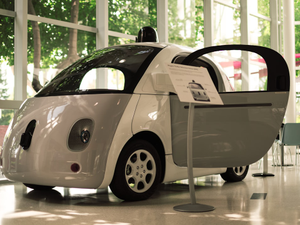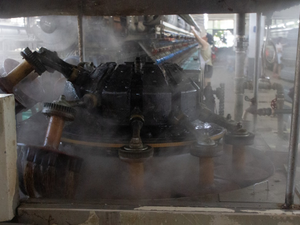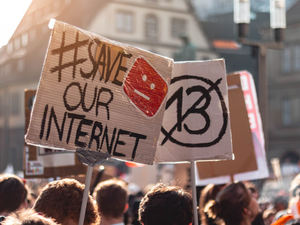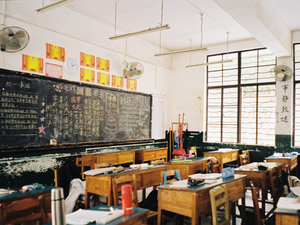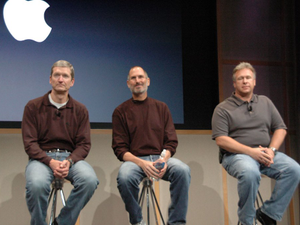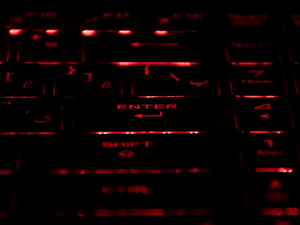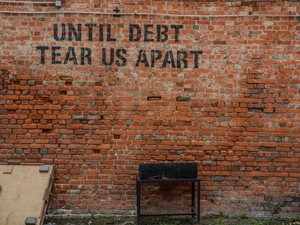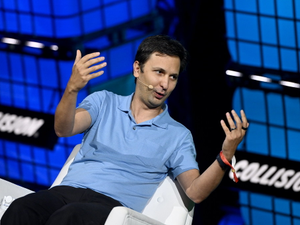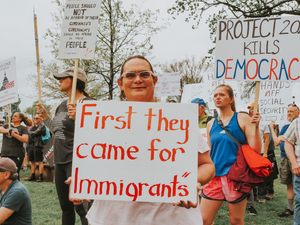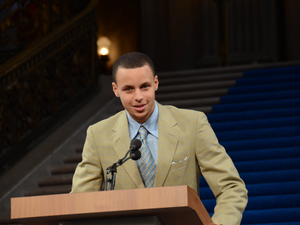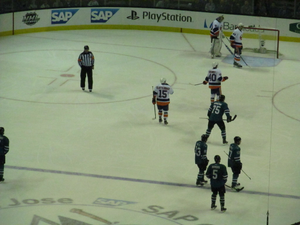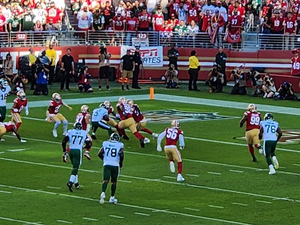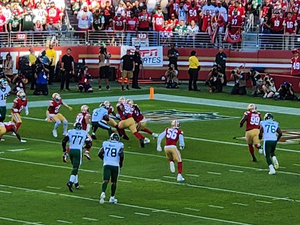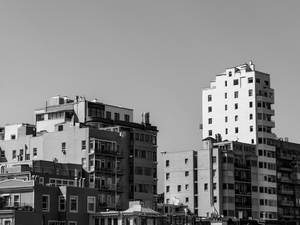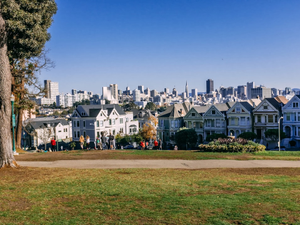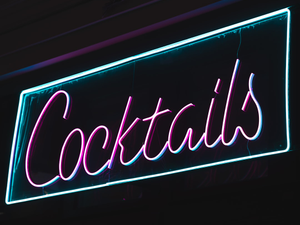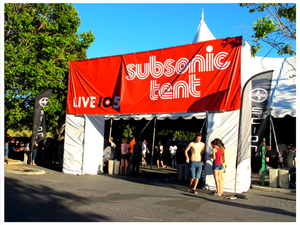Bay Area's Toxic Cleanup Drama: When Race Decides Who Gets Clean Air
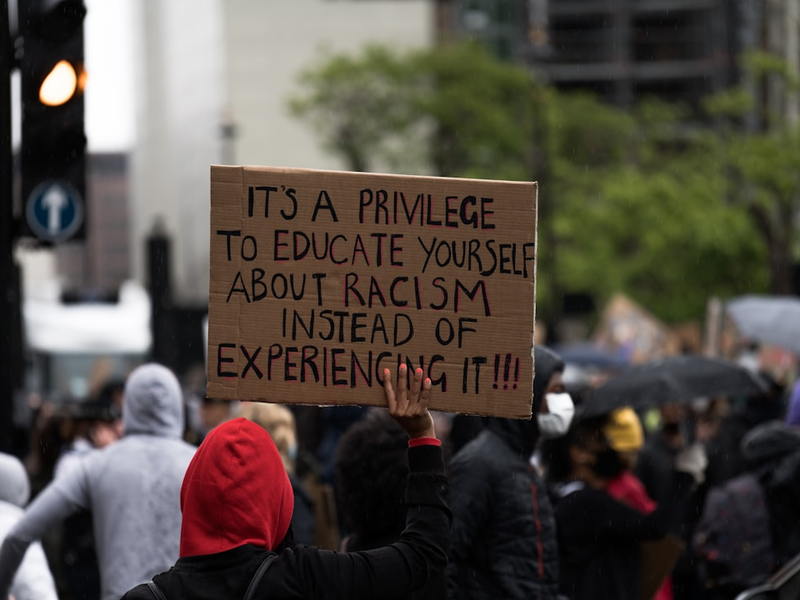
Photo by James Eades on Unsplash
Bay Area environmental injustice just hit different, and we’re not here for it. A groundbreaking investigation reveals a disturbing trend: toxic site cleanups in the region are taking way longer in neighborhoods with higher populations of Black, Indigenous, and People of Color (BIPOC).
The Racial Cleanup Divide
Imagine living next to a contaminated site that could potentially make you sick, but your cleanup gets pushed to the back burner simply because of your neighborhood’s demographic. In San Francisco, this isn’t just hypothetical, it’s a stark reality. Researchers found that toxic site cleanups in areas with predominantly BIPOC residents take over four years longer compared to majority white neighborhoods.
The Historical Roots of Environmental Racism
This isn’t just coincidence; it’s a legacy of systemic racism. Historically, Black and brown San Franciscans were legally confined to specific areas like Bayview-Hunters Point, regions heavily industrialized and now laden with pollution. As Shirletha Holmes-Boxx, a community organizer, bluntly put it: “It’s just racism, period”.
The Advocacy Tax
Here’s the kicker: communities with fewer resources struggle to advocate for themselves. Wealthier, whiter neighborhoods can hire lawyers, attend meetings, and push for faster cleanups. Working-class communities of color? They’re too busy surviving to wage legal battles against toxic contamination.
The message is clear: environmental justice isn’t just about clean air and water, it’s about recognizing and dismantling systemic inequities that put certain communities at perpetual risk.
AUTHOR: cgp
SOURCE: San Francisco Public Press
